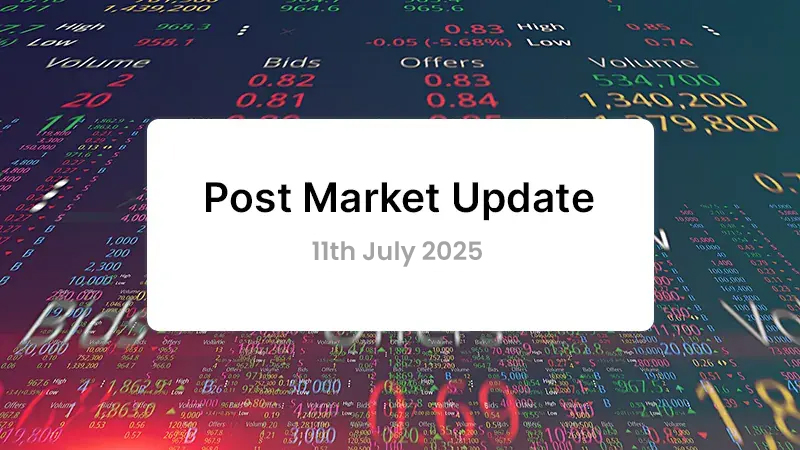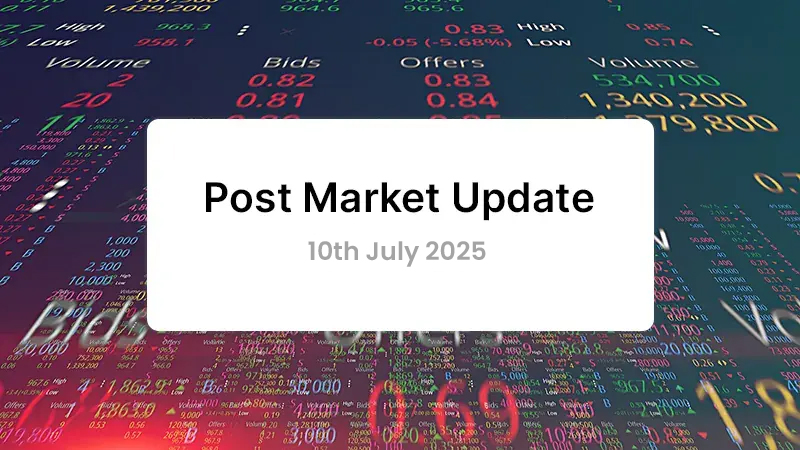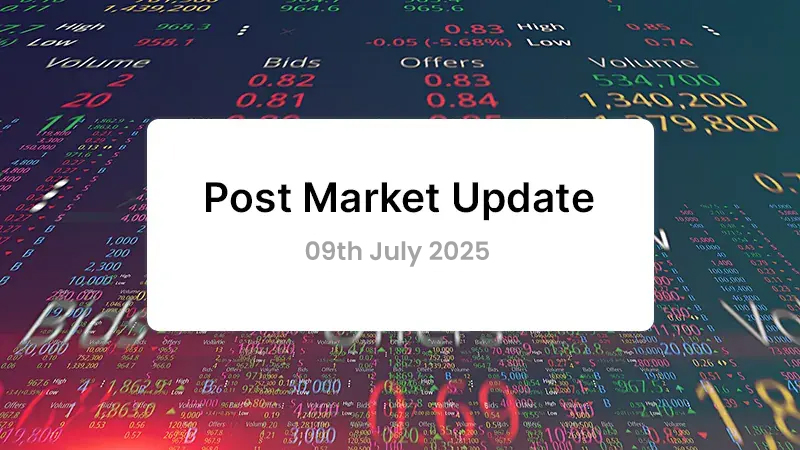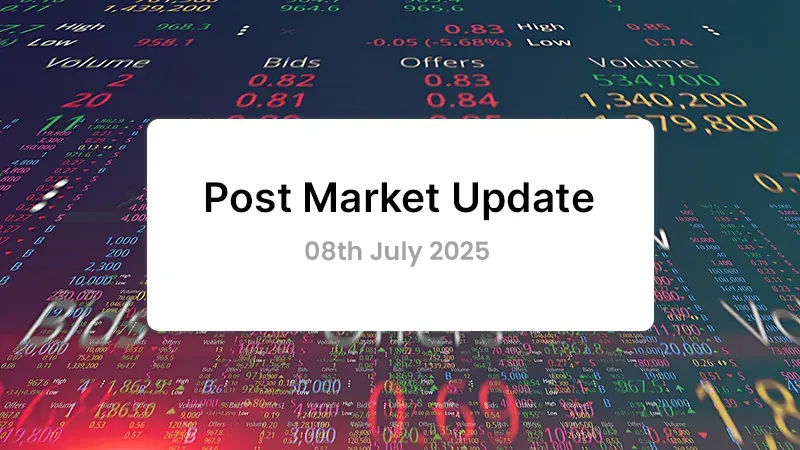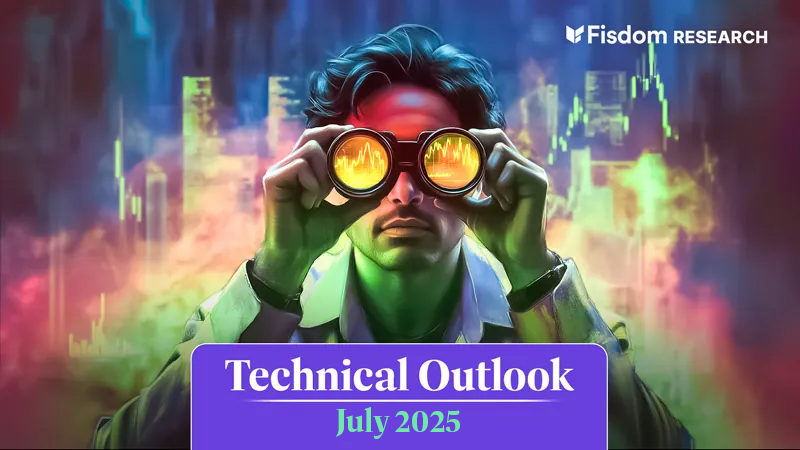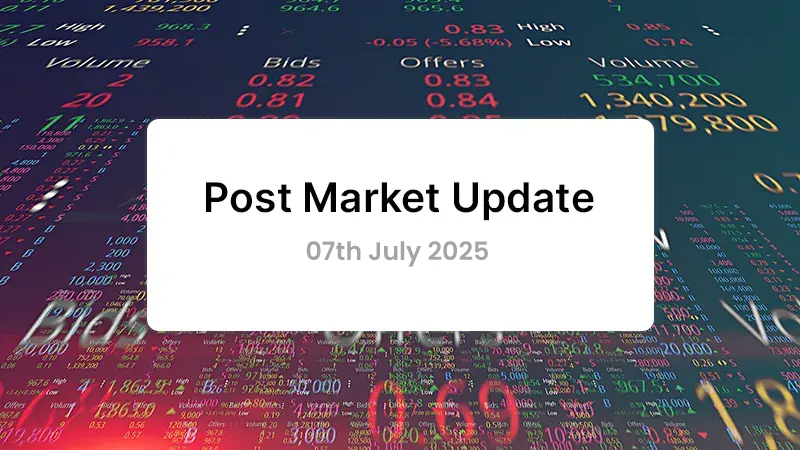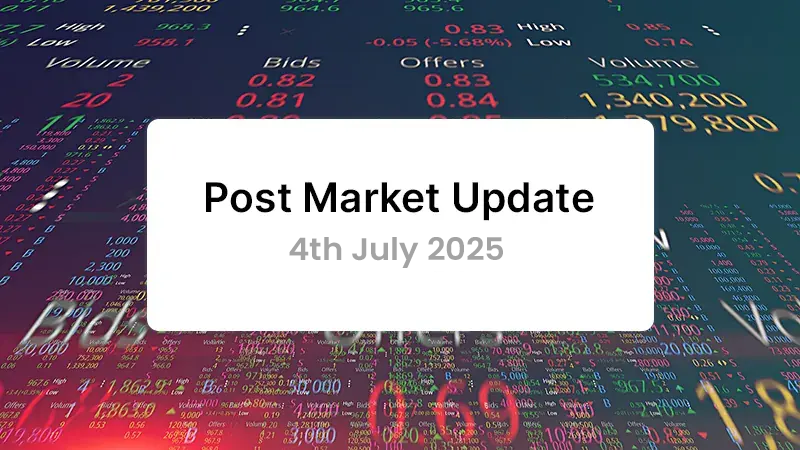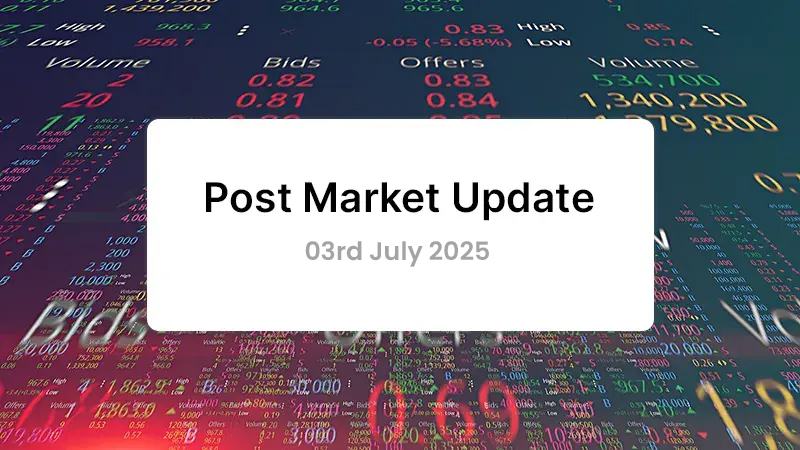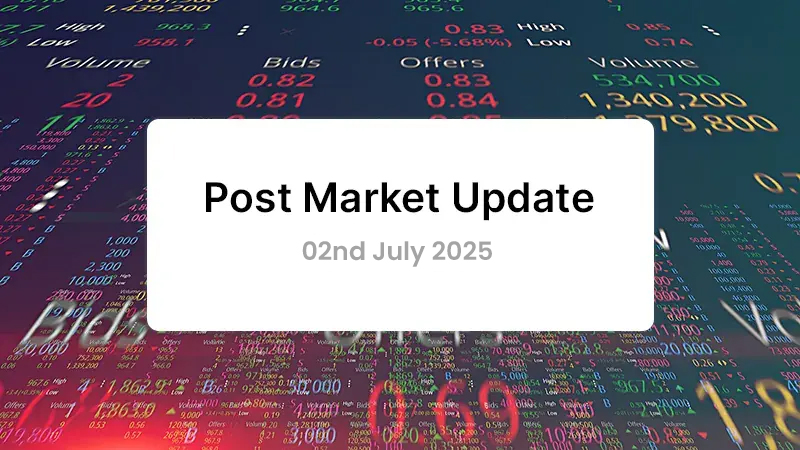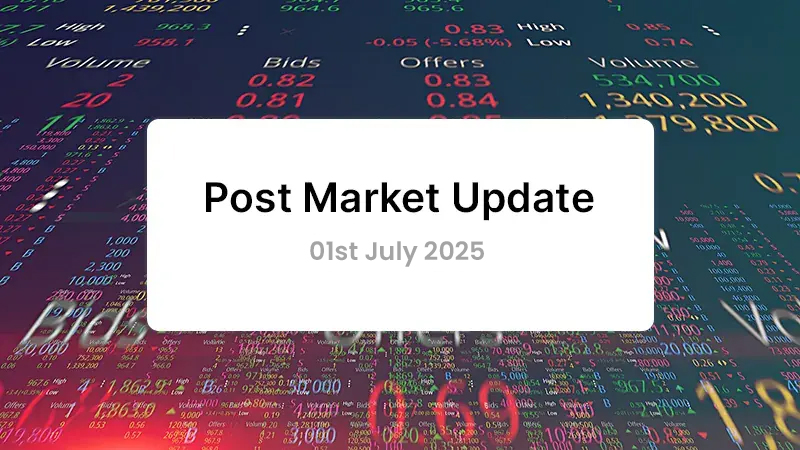
A Climate of Anxiety: Pharma During the Tariff Panic
Since March, Indian pharmaceutical exporters had been under a cloud of uncertainty. President Trump had frequently hinted at imposing reciprocal tariffs on a wide array of products, including pharmaceuticals, as part of his America-first trade stance. Although pharma products were ultimately spared in the heavy tariff announcements in April, the threat loomed large. Investors and executives alike worried that India’s $9 billion annual exports of drugs and vaccines to the U.S. could be disrupted.
Adding to the anxiety, the U.S. President had also been urging drugmakers to shift manufacturing to American soil—raising concerns over long-term competitiveness and supply chain resilience.
The 90-Day Pause: Calm Before the Executive Order
After escaping initial tariff measures, the industry saw a brief period of relative calm. This 90-day window allowed stakeholders to re-evaluate their exposure and adjust to any policy shocks. Indian pharma companies began focusing on optimizing their U.S. product pipelines, especially around low-cost generics and complex generics, while continuing to monitor any developments related to drug pricing reforms.
The Executive Order: What It Says
On August 6, President Trump signed an executive order that introduced the Most Favoured Nation (MFN) pricing model for prescription drugs. The core objective: reduce the price of drugs sold in the U.S. by aligning them with the lowest prices in other developed countries.
Under this policy, pharmaceutical companies that charge more in the U.S. than they do in Europe or other developed markets will face a steep price correction—unless they voluntarily reduce their U.S. prices within 30 days of the order’s implementation.
According to a White House factsheet, many global drugmakers charge up to three times more in the U.S. for the same medications. The administration alleged that discounts offered abroad are effectively subsidized by American patients, and the new order seeks to reverse that trend.
Market Reactions: Indian Drugmakers Hold Steady
Despite the sweeping nature of the order, Indian pharmaceutical stocks responded with relative composure. Companies like Biocon, Aurobindo Pharma, Cipla, and Lupin—all heavily reliant on the U.S. generics market—saw limited impact on their stock prices.
That’s largely because the order applies primarily to patented and branded drugs, not the low-cost generics and biosimilars that form the bulk of Indian pharma’s U.S. portfolio. Analysts quickly noted that Indian firms, operating on razor-thin margins in a highly competitive generics space, already offer some of the lowest-priced medications globally.
Executives from Indian drugmakers echoed this sentiment, pointing out that their business model remains focused on affordability and high-volume sales, insulating them from pricing reforms targeted at premium drug segments.
Why the Impact on Indian Pharma Is Limited
India currently supplies nearly 40% of all prescription drugs used in the U.S., but about 70–80% of these exports are simple generics—inexpensive alternatives to branded drugs whose patents have expired. These medicines already operate in a highly price-sensitive environment and face stiff competition from both domestic U.S. players and other global suppliers.
The remaining 20–30% of exports consist of complex generics, a niche segment involving more sophisticated formulations. While slightly more expensive, these too are far from the premium pricing associated with patented drugs that the executive order targets.
Furthermore, Indian firms typically do not manufacture or export branded/patented medications at the center of this pricing debate. Therefore, the scope of the executive order’s influence on India’s pharmaceutical exports is limited.
The Investment Outlook: Still Strong for Indian Pharma
From an investment standpoint, the resilience of Indian pharma in the face of sweeping U.S. reforms underscores the sector’s strategic positioning. Investors seeking exposure to global healthcare themes can continue to look at Indian drugmakers as stable, cost-efficient players in the generic and complex generic value chain.
In the long term, the executive order may even enhance India’s reputation as a reliable source of affordable medication. As global pressure mounts on multinational pharma giants to cut prices, companies and insurers alike may increasingly turn to Indian firms for cost-effective solutions.
Conclusion: A Measured Response to a Bold Policy
While President Trump’s executive order has stirred the waters of global pharmaceutical pricing, Indian drugmakers appear well-positioned to weather the storm. Their focus on generic medicines, lean cost structures, and competitive pricing models have largely shielded them from the direct consequences of the MFN-based reform.
Still, this development serves as a reminder for Indian pharma companies to diversify product lines, invest in innovation, and closely monitor evolving global regulations. For now, though, the sky hasn’t fallen—and for Indian pharma, the future still looks healthy.
Market this week
| 12th May 2025 (Open) | 16th May 2025 (Close) | %Change | |
| Nifty 50 | ₹ 24,420 | ₹ 25,020 | 2.5% |
| Sensex | ₹ 80,804 | ₹ 82,331 | 1.9% |
Source: BSE and NSE
- Benchmark indices witnessed a strong uptrend through the week, reflecting positive investor sentiment.
- However, markets closed in the red on Friday, giving up gains from the previous session.
- Thursday marked a sharp rebound, earning the title of a “Terrific Thursday” for investors.
- On a sectoral basis, all major indices ended the week in positive territory.
- Notably, the Defence, Realty, and Capital Market indices outperformed, leading the rally.
Weekly Leaderboard
| NSE Top Gainers | NSE Top Losers | ||||
| Stock | Change (%) | Stock | Change (%) | ||
| Bharat Electronics | ▲ | 15.2% | Indus Ind Bank | ▼ | -4.6% |
| Adani Enterprises | ▲ | 13.5% | Bharti Airtel | ▼ | -1.9% |
| Hero MotoCorp | ▲ | 12.8% | Sun Pharma | ▼ | -0.6% |
| Jio Financial Services | ▲ | 11.5% | |||
| Shriram Finance | ▲ | 10.7% | |||
Source: BSE
Stocks that made the news this week:
Capital Market Stocks Rally
Capital market stocks witnessed strong buying on May 16, with the Nifty Capital Markets index surging over 2.5% to close at 4,055. This came as Nifty held above the psychological 25,000 mark despite intra-day volatility, boosting investor sentiment. Angel One led the rally, jumping 8.5% to hit a six-month high at ₹2,788 and extending its winning streak to five sessions. Other notable gainers included CDSL (+6%), CAMS, Aditya Birla Sun Life AMC, and Motilal Oswal Financial Services, each rising over 4%.
Mutual Funds Trim Adani Exposure
Mutual funds continued to reduce their holdings in Adani Group companies in April, offloading shares worth over ₹1,160 crore across eight listed entities. Seven of these firms saw mutual fund holdings decline in April, up from four in March. The largest cuts were in Adani Enterprises (₹346 crore), followed by Adani Energy Solutions (₹302 crore) and Ambuja Cements (₹241 crore), signaling sustained caution among fund managers.
Hyundai India Q4 Results
Hyundai India reported a 4% YoY decline in net profit at ₹1,614 crore for Q4 FY25, compared to ₹1,677 crore in the same quarter last year. Revenue, however, rose 1.5% to ₹17,940 crore. The company declared a final dividend of ₹21 per share for FY25. Despite global challenges, export volumes stood at 1.63 lakh units, while domestic sales reached 5.99 lakh units. EBITDA rose slightly to ₹2,533 crore, though EBITDA margin slipped to 14.1% from 14.3% a year ago.


